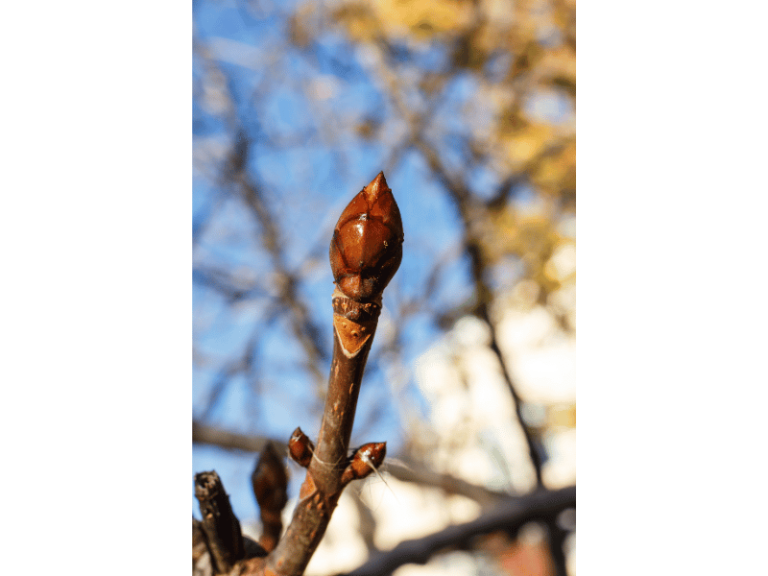When spring arrives, the earth becomes vibrant and lively.
Fields are covered with a blanket of green, and flowers and trees thrive.
It’s quite interesting to observe how this greenery forms. Look at the willows by the riverside: on their countless flexible branches, small dots burst open first, followed by tender leaf buds. In just a few days, they turn into lush green foliage. Roses climb up their trellises, extending numerous purple new shoots resembling a coral structure. Yet, it doesn’t take long for this coral to turn into jade.
Even if you casually glance at nameless wild grass on the ground, within its verdant hue, you can discern a blush of tender red at its center, as if shy and reluctant to lift its head.
We know that plants are green because of chlorophyll. Chlorophyll is like a food factory for plants, enabling them to convert carbon dioxide, water, and other inorganic substances into the nutrients they need under sunlight. Without chlorophyll, except for a few primitive plants, most trees and flowers wouldn’t survive, or at least they would have to “hibernate.”
However, chlorophyll in plants doesn’t develop simultaneously with their budding and sprouting. It often appears later than the initial growth because chlorophyll formation itself involves complex conditions and various elements.
The tender shoots and new buds of plants are like newborn babies. Just as infants depend on maternal milk to grow, tender shoots and new buds rely on other parts of the plant for nutrients. As infants grow and develop teeth, they gradually gain the ability to eat other foods. Similarly, when tender shoots and new buds reach a certain stage, chlorophyll production begins, enabling them to manufacture their own nutrients without relying on other parts.
The timing of chlorophyll production in tender shoots and new buds varies among different plants. Some plants produce chlorophyll earlier, resulting in quicker greening of their shoots and buds. Others produce chlorophyll later, resulting in slower greening.
So, why aren’t the shoots and buds colorless or red before chlorophyll production? This is because plants contain a substance called anthocyanin even before chlorophyll is produced. Anthocyanin has been present since before chlorophyll formation. The beautiful colors of flowers are mostly the result of anthocyanin’s magic tricks. It not only dyes flowers in various colors but also tinges tender shoots and new buds in red. In fact, these tender shoots and new buds are not just red; they also come in shades of purple, with hints of blue and yellow, among others.

